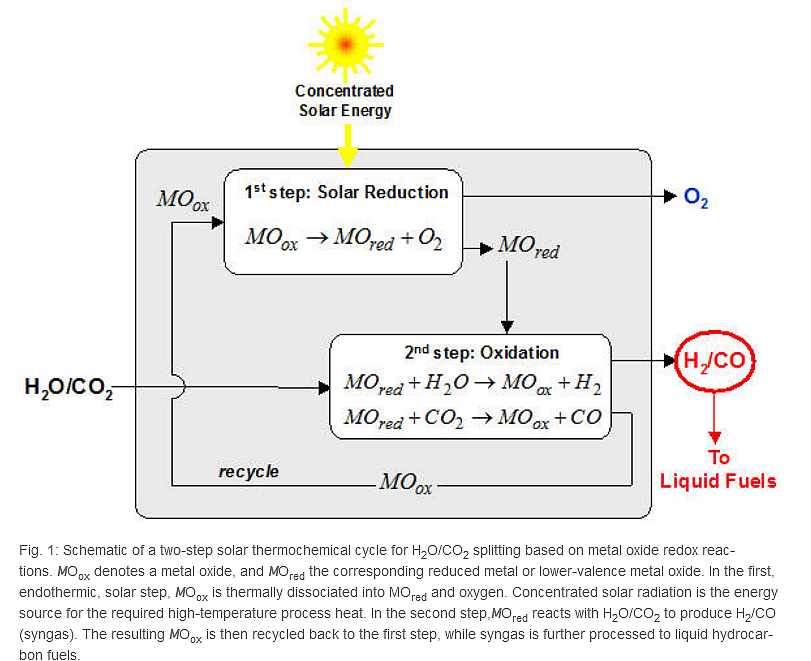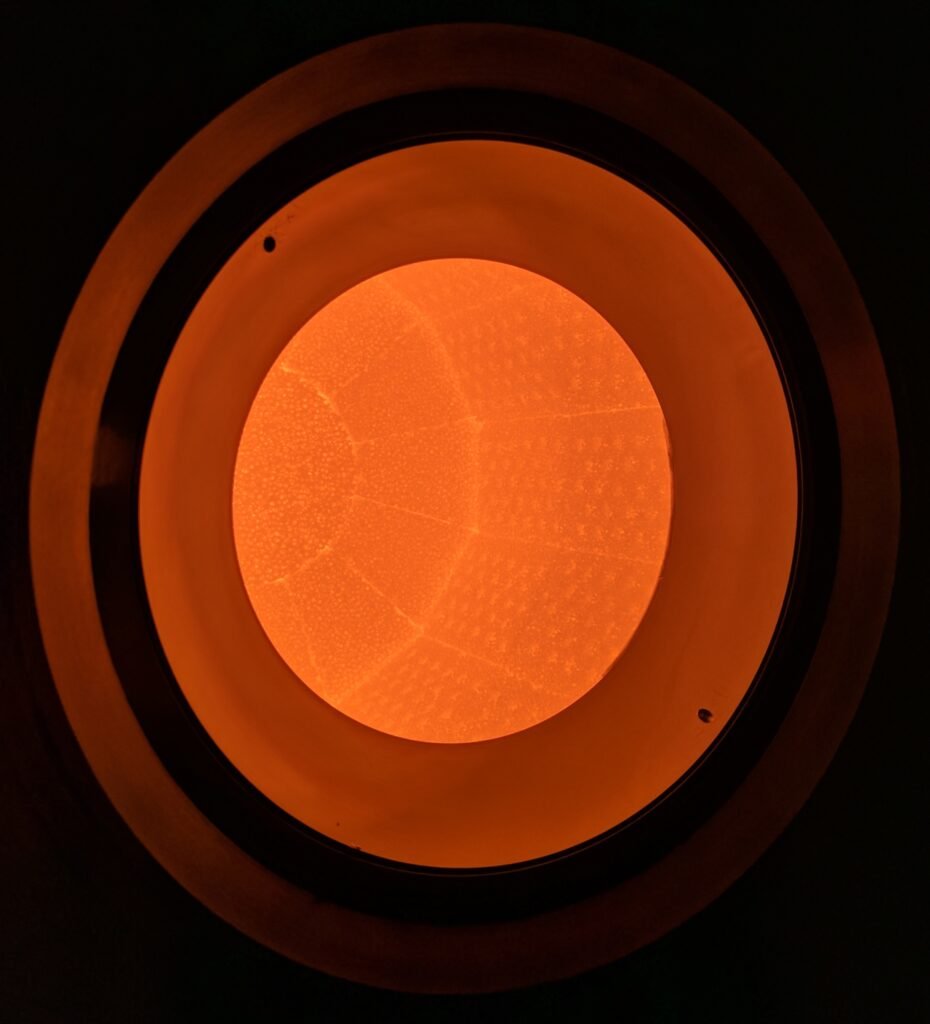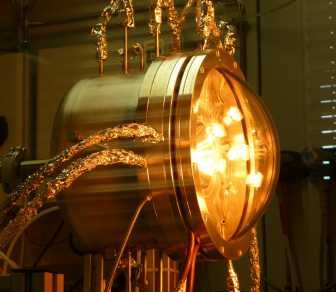The Swiss university ETH Zurich has just announced a novel pilot-scale, all-in-one solar-powered technology for turning water and carbon dioxide directly into jet fuel. Green hydrogen is present in the mixture, as you would have expected.

ETH Zurich characterizes its pilot project as a thermochemical process that uses solar energy in a single, integrated chain that flows from hydrogen gas, oxygen, and carbon dioxide to liquid kerosene fuel in a “solar tower.”

They are analyzing the solar reactor’s performance using five major criteria (reaction selectivity, syngas quality, fuel purity, energy efficiency, and material stability) and experimentally validating its steady operation and complete integration in the solar tower fuel plant.
They list the following project highlights:
- The whole process chain from H2 O and CO2 to solar kerosene was shown in a 50-kW solar tower reactor for ceria-based thermochemical redox splitting.
- Following redox cycling, syngas suitable for Fischer-Tropsch synthesis was created.
- Without using heat recovery, the energy efficiency of solar-to-syngas was 4.1 percent.
For process validation, ETH took part in the EU/Swiss “Sun-to-Liquid” project, which certified the fundamental solar technology as well as the integrated chemical plant in 2019.

They built a concentrated solar power facility at the IMDEA Energy Institute in Spain for the validation procedure. The power plant was built to focus sunlight by a factor of 2,500. That is three times the level of most concentrating systems.
If everything goes as planned, the advantages of solar energy enabled fuels over traditional biofuel are very obvious since the sun-to-fuel strategy does not have to cope with drought, floods, hail, feral pigs, or other eventualities that might disrupt a crop-based supply chain.
Additionally, the solar tower form allows for greater localization and decentralization. This can assist to ease interruptions in global shipping and commodities.
Reference- ETH Zurich Media Office, Clean Technica, Sun-To-Liquid Project website, Chemistry World, IMDEA Energy Institute






